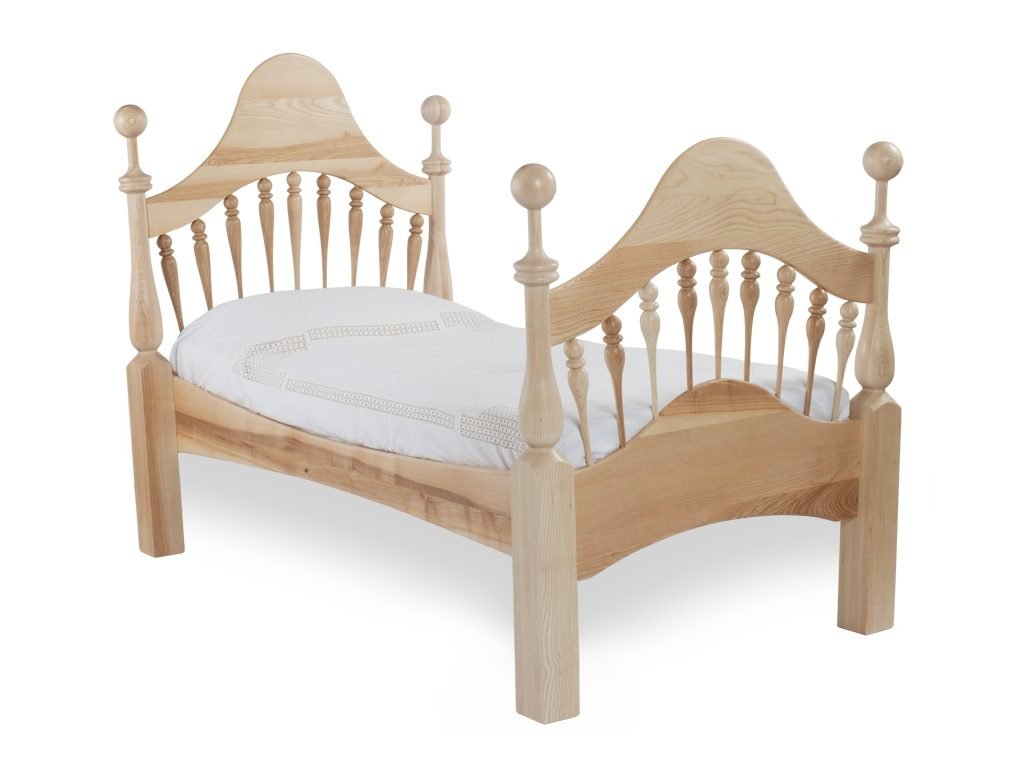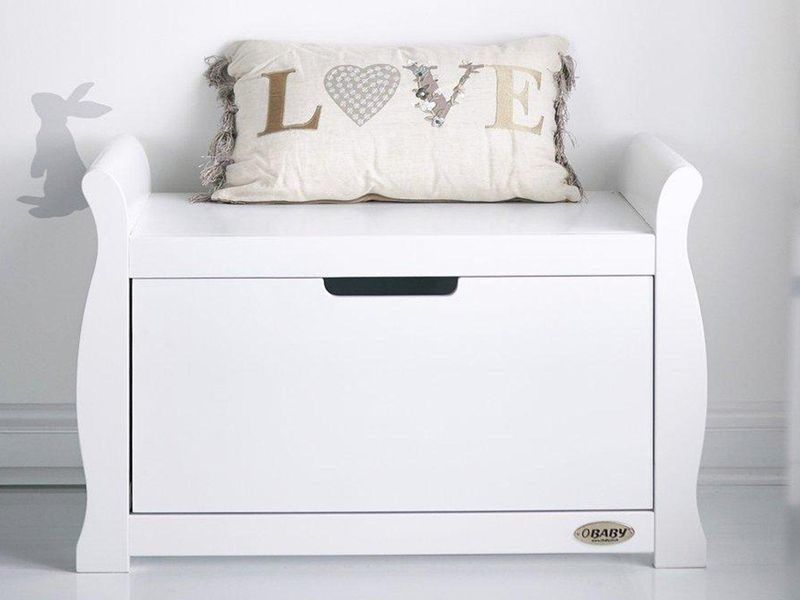Storage: The primary function of this furniture is storage, so before you choose a style or design that you like, check that the storage facilities meets your needs.
Materials: Regardless of what it looks like, knock the doors with your knuckles to check they are sound and solid; is the back panel flimsy [the back panel is the section that supports the furniture against side-ways movement]; do the gables feel weak; do the drawer-boxes feel strong enough to support the use you need to give them?
Build Quality: Is the cabinet Knock-Down or Self-Assembly construction? If it is K-D pay particular attention to the K-D hardware.
If the hardware is cheap, regardless of how much quality is put into the rest of the cabinet, it is only as strong as it’s weakest component, and unsuitable K-D fittings mean that the cabinet is unsuitable for everyday use.
The showroom should have a bedroom display for you to test, so give the furniture a good shake; lean it to one side, and then the other. There should be minimal movement.
The problem with K-D furniture is not when it is built and set in position; the problem comes a few months later when the furniture is pushed, pulled carried and dragged into another position. It is not uncommon for the K-D furniture to fall apart (ask any furniture removals expert).
The compromise with K-D furniture is of course the price. It is much cheaper to ship because it takes up much less shipping space, and if it is assembled with good quality K-D fittings together with wood-glue, it can be an excellent buy.
However, in my experience, K-D fittings and chipboard do not a good cabinet make, so check that the core material of the cabinet is solid enough to carry the stresses which K-D fixtures will create. (Chipboard K-D furniture works in the kitchen because kitchen cabinets are fixed in place and secured to worktops and walls, but free-standing furniture must be strong against movement.)
Hardware: You don’t naturally see the hardware, but if the hardware is cheap and unsuitable for its purpose it makes the cabinet worthless.
Hinges Modern hinges [like the typical kitchen cupboard hinge] allow for adjustment up-down, left-right, and in-out. Most modern hinges are also self-closing so you don’t need door catches or locks.
However the modern hinge is made up of several components, so check the hinge for quality; check that there is no slackness in it, that it opens as it should and closes properly.
Butt hinges [like the typical house door hinge] have no adjustment, they have no self-closing option, so they must be used in conjunction with a lock or door catch.
I prefer the use of the modern self-closing hinges for the simple fact that, if a child climbs into a cupboard they can easily get out again; a door with a latch or lock can trap a child in a cupboard, and although maybe not life-threatening it can be very frightening for them.
So if your cabinet has catches on the doors check that the doors can be easily opened from inside. (I remember explaining this feature to an Asian factory once, and they all looked at me as if to ask why Westerners keep their children in cupboards?)
Drawers may run on wooden rails or use modern drawer glides. The benefit of the modern drawer glide is that they don’t fall out if they are pulled too far.
Drawer glides: come in two basic formats: single extension and, full extension. The full extension allows the drawer-box to open out fully exposing the entire drawer. Single extension only allows for most of the drawer to be exposed.
Having said this, a single extension drawer glide offers more stability to a dresser by lessening the danger of a child opening too many drawers and having the cabinet topple over, (I have seen this happen; I have seen a child being eaten by a wardrobe: the child opened the wardrobe drawer and doors and then stood in the drawer to see better; the cabinet toppled and swallowed him whole. How he screamed!).
Toppling over is a risk that can be minimised by the use of wall-ties. These wall-ties can be improvised, or purchased at a DIY store. They simply fit to the top rear of the cabinet and are screwed tight to the wall.
Handles: should be fitted with a threaded machine screw, not a wood-screw. If a child unscrews a handle and exposes a sharp pointy screw you have a potential hazard.
Check the tightness of the handle fitting; often a handle will be fitted with a threaded metal or plastic insert that accepts the machine screw. If the insert becomes loose the handle will fall off, and it is not so easy to repair or replace.
Shelf-Supports: come in many varieties from barely satisfactory, to excellent. There are many excellent plastic types, and some rubbish metal types, but generally the metal ones are superior.
The thing to check is that they are locked in place with the shelf – in other words, when the shelf sits on the support, the support cannot come lose. This is a useful feature in children’s furniture because if a child manages to pull out a shelf-support, someone could get hurt.
And are there enough shelf-supports to carry the shelf? Press on a shelf and see if it sags in the middle, or if there is a central shelf-support on the back panel.
Also check if the shelf-supports are adjustable or removable. Often a closet will offer the option of a hang-rail or shelves.
The Hang-Rail: needs three checks: check that the hardware supporting the rail is strong enough for purpose and fitted to a suitably strong section of cabinet; check that the rail does not sag with moderate weight; and check the ends of the removed rail for sharp or rough edges.
As I said before, children do not use furniture for the purpose intended, bedrooms are playgrounds and furniture becomes toys; the wardrobe will become a tree-house and the hang-rail will be used for swinging off, and dismantled to use as a sword.
Door and Drawer Bumpers: are a nice feature that protect the furniture from slamming shut. They are a soft button of plastic that is applied to the back of a door or drawer. Check that these bumpers are well fixed and cannot be peeled off and swallowed by your mother-in-law.

